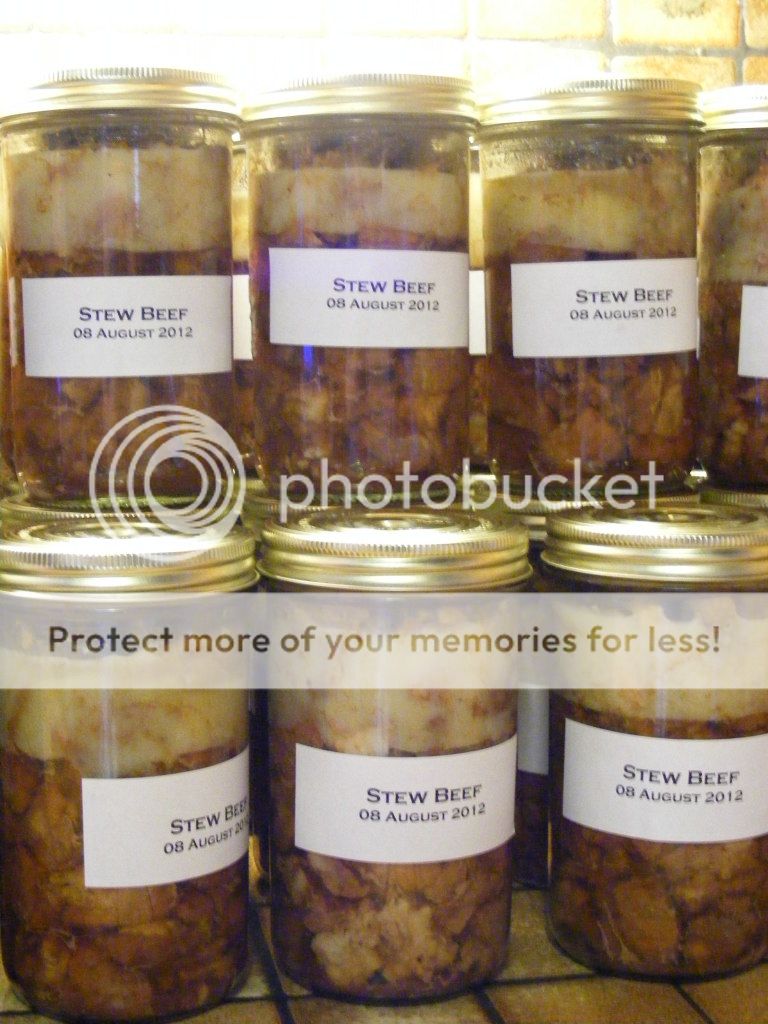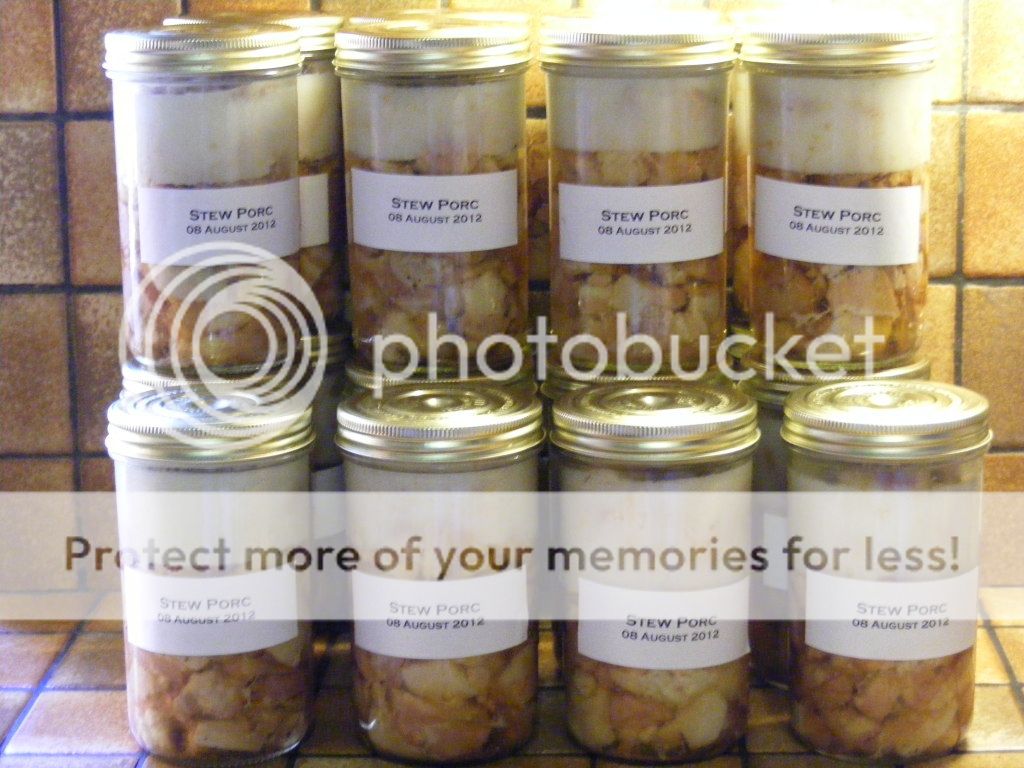Ailén said:Laura said:Pashalis said:also you have to consider that the pressure canner I bought works without a gasket and intstead with a metal to metal sealing system wich is a huge + because you never need to buy a new gasket for it to work in the future and if neccary you can use it even without electrical power on a heat source like fire (inderectly of course maybe with a stone plate that is heated through the fire in between).
Exactly. I think you got the same one we got and after figuring it out (which isn't too hard), we are using the heck out of it and will never have to buy a gasket!
The trickiest part is getting the lid tightened down evenly all around. I was slipping three CD cases in edgeways evenly distributed around, then tightening until I could just get each one out. Then I cranked it evenly on each bolt. Worked fine. Now we are able to do it without all that.
And if you get a little help and the right rythm, you can get up to 51 jars done per day on that cooker (17x3). We started using our smaller pressure cookers too, but leaving the jars in for 3 hours instead of 1 hour30, just to be sure. So, again, with the right timing, it's not too hard to get a few extras done.
so I guess you then put the double amount of water in the can?




 Ebay has both, used and for a pretty good price. Used should be fine right?
Ebay has both, used and for a pretty good price. Used should be fine right?